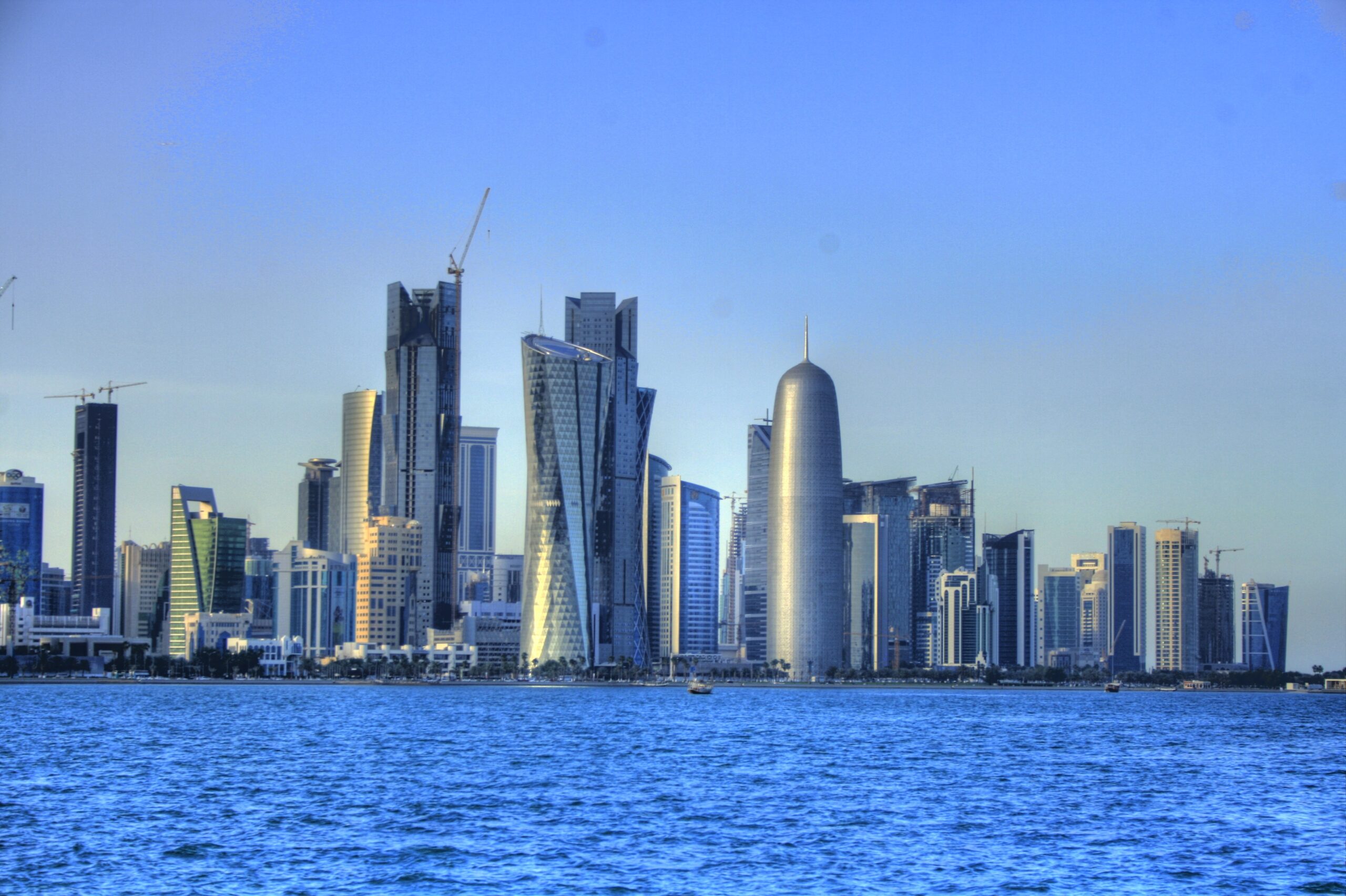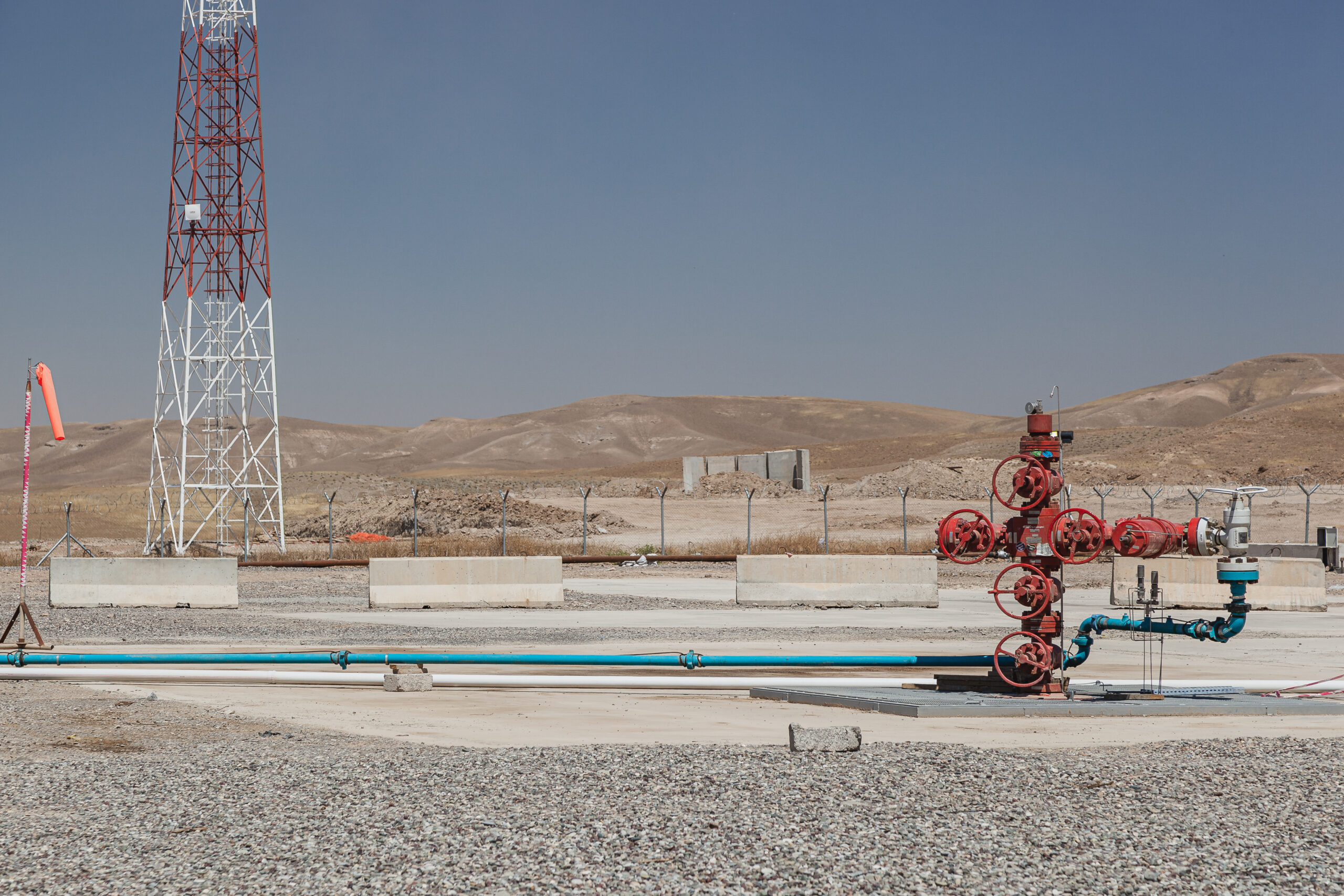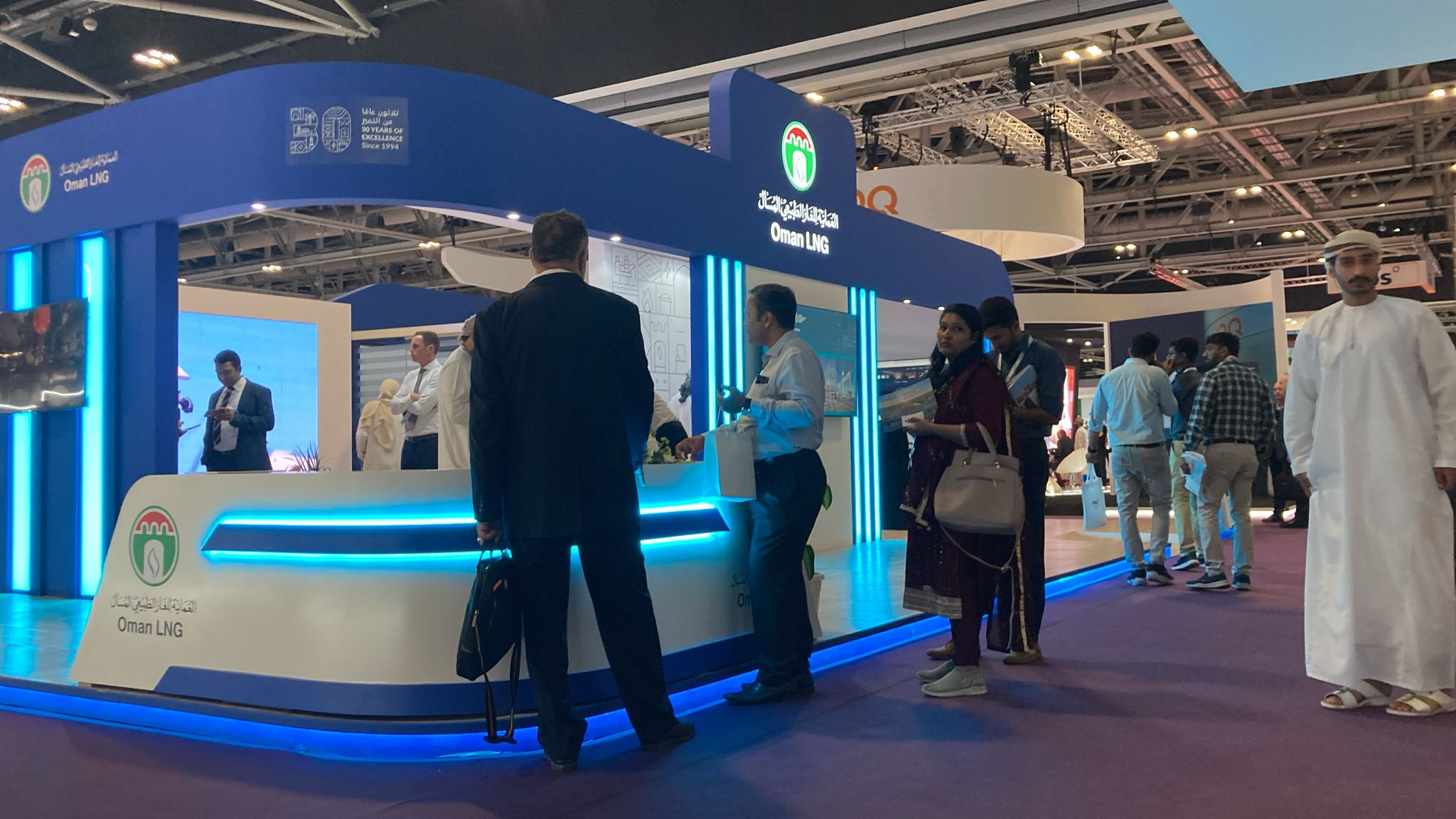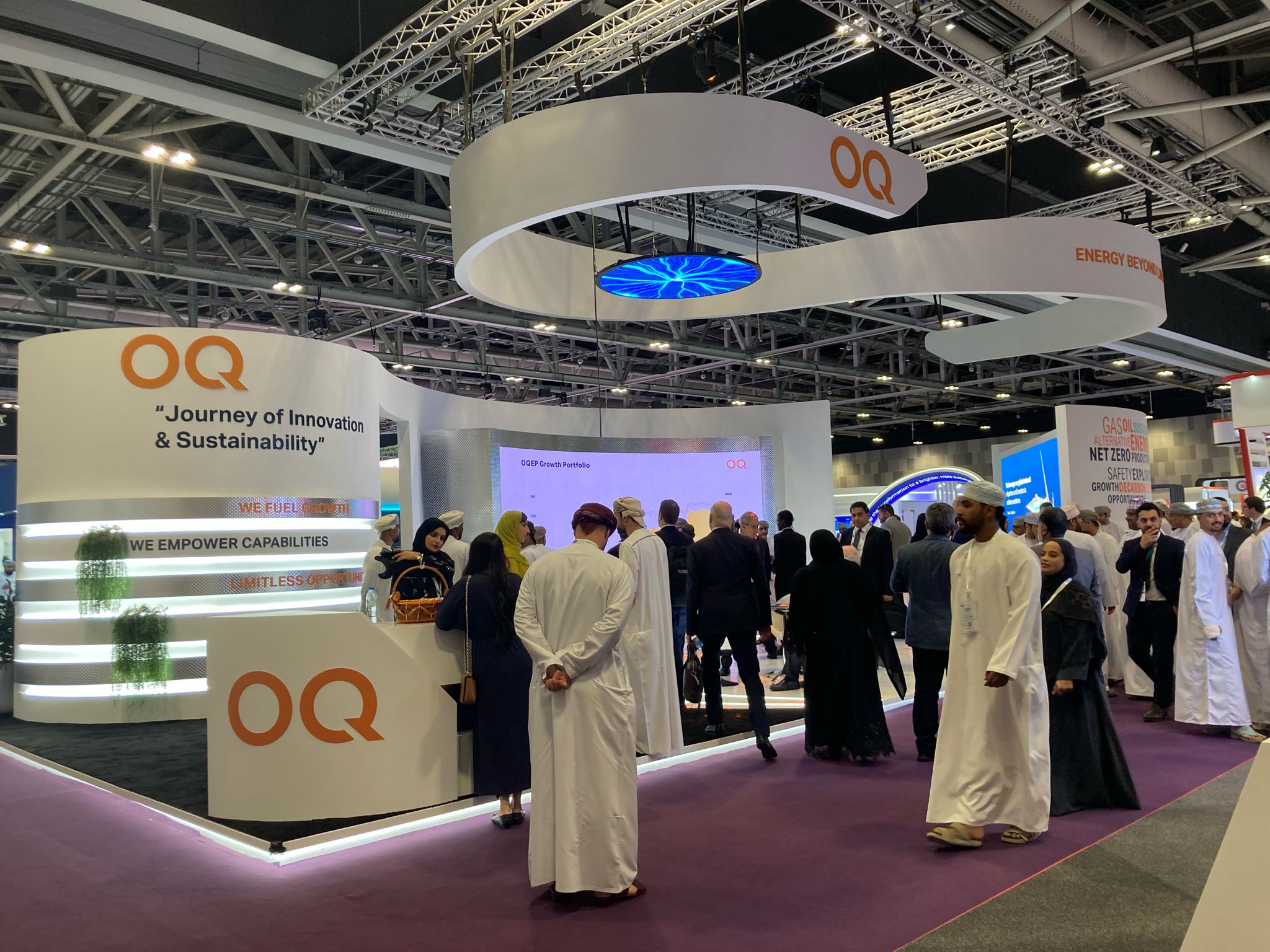Vast Qatar LNG expansion on horizon after QatarEnergy announcement
State-run QatarEnergy has announced a third LNG expansion plan, but Qatar has yet to tackle emerging risks including regulation on methane emissions.

QatarEnergy made a big impact in late February when it announced a third expansion plan to bring its total LNG capacity to 142 mt/year by 2030. The news did not come as a surprise. Even if the U.S. is set to remain the world’s top LNG producer with a capacity target of more than 150 mt/year by 2027, Qatar is armed with many competitive advantages that are expected to further cement its standing on global LNG markets and secure its future finances.
But considering constant shifts in global energy markets, including climate-driven pressure and geopolitical threats, Qatar has yet to take bolder steps to adjust to emerging risks, not least of all when it comes to reducing methane emissions.
Reserves upgrade
The expansion announcement on 25th February represents an increase of 16 mt /year, or almost 85% from current production levels of 77 mt/year. Qatar has already been working on a previous expansion phase, initially announced in 2017 after a 12-year moratorium, to develop the country’s giant North Field. When the moratorium was lifted, the aim was to expand LNG production capacity to 110 mt/year by 2025, though this target was subsequently upgraded in 2019 to 126 mt/year by 2026.
The latest decision to build a new LNG production project at its existing liquefaction hub at the Ras Laffan industrial city followed successful appraisal drilling and testing which confirmed that productive layers of the North Field extend towards the west. The drilling campaign also revealed the presence of huge additional gas quantities in the North Field estimated at 240 tcf, raising Qatar’s gas reserves from 1,760 to more than 2,000 tcf, according to a statement citing Saad Sherida Al-Kaabi, the minister of state for energy affairs, and president and CEO of QatarEnergy. Condensates reserves, which make for a lucrative by-product, have also been upgraded from 70 to more than 80 billion barrels, it added.
Low production costs
Along with condensates, the North Field is also particularly rich in large quantities of LPG, ethane and helium, the proceeds of which give Qatar a significant advantage when it comes to production costs compared with other LNG producers, allowing it to remain competitive during periods of price swings.
In a note released by consultancy GlobalSource Partners, Justin Alexander, GCC analyst and Director of Khalij Economics, says increased production could give a massive boost to Qatar’s macro-economics, predicting fiscal revenue from the North Field West phase to increase by around 2% of GDP from 2030. The previous phases, North Field South and East phases, which are planned for completion by 2027, would add about 6% of GDP in revenue.
With global LNG demand only expected to grow, Alexander stresses that Qatar has the capacity to further utilise its “phenomenal” reserves. “Qatar can, should and will further expand its LNG output,” the note reads. “This makes sense because of the vast size of North Field, the world’s largest non-associated gas field, combined with the low marginal cost of production. It is easier, cheaper and less carbon-intensive to produce gas from North Field than from almost anywhere else in the world, and QatarEnergy has the capacity and capital to do so.”
According to consultancy Rystad Energy, global LNG demand is expected to grow to 580 mt by 2030 and 700 mt by 2040. But between 2028-2033, the consultancy expects “loose market conditions”, said Xi Nan, senior vice-president of Gas & LNG Market Research at Rystad Energy. Yet, uncertainties with regards to other suppliers, notably from Russia due to risks of sanctions in coming years, represent a potential opportunity for Qatar to fill the gap. This view is echoed by Alexander who stresses that challenges facing other suppliers can only benefit Qatar – including the pause imposed in January by the Biden administration on new LNG projects, or mounting concerns over the availability of feedstock gas in Australia due to rising domestic gas demand.
Nan also stresses that Qatar’s geographical position close to both Asia and Europe is another advantage that makes it more competitive regarding shipping time, costs and emissions – notwithstanding the impact of geopolitical risks on trade routes following the Houthi attacks in the Red Sea.
Methane emissions
In addition to the massive scale of its LNG expansion, Qatar has taken steps to respond to tougher decarbonisation rules in key markets like Europe. In 2022, QatarEnergy said it would develop a carbon capture and sequestration (CCS) scheme to capture over 11 mtpa of CO2at the LNG trains at Ras Laffan by 2035.
In addition, QatarEnergy committed in late 2023 to expand its solar capacity to decarbonise its industrial and LNG operations with the construction of a new 410 MW power plant in the Mesaieed industrial complex, and another 470 MW plant in Ras Laffan. These would complement the 800 MW Al Kharsaah solar power plant, Qatar’s first large-scale solar power plant.
Such efforts mirror similar plans by other LNG producers keen to reduce the carbon footprint at their plants. But beyond this, Anne-Sophie Corbeau, global research scholar at Columbia University’s School of International and Public Affairs, highlights that Qatar, like other producers in the region, has yet to take action across its entire value chain to reduce methane emissions, which are 84 stronger than C02 over 20 years, and three times worse for climate change in the short term.
“Qatar has a golden opportunity to take a leadership role here especially as it would be very easy for them to reduce methane emissions. QatarEnergy controls the value chain, and their infrastructure is pretty straightforward. They have just one field, associated pipelines, and their LNG plants are all gathered in one hub at Ras Laffan. It would be very simple to apply the necessary technology like satellite-driven data collection and involve third party auditors to audit that data,” she says.
So far, Qatar, which signed the Global Methane Pledge launched at COP26 by the European Union and the U.S., has said very little about reducing methane emissions. Corbeau says that tackling this issue would bring a massive commercial edge especially against LNG producers in the U.S.
“There are much more pipelines, producers and LNG plants in the U.S. gas market, which is also much bigger. The gas molecules there move over greater distances which could make it more challenging to trace their origin when they arrive at the liquefaction plants. But also, the emissions are potentially higher due to longer distances,” Corbeau says.
“This means Qatar can more than rival with the U.S.,” she says. “If they are not going to be the biggest LNG exporter, Qatar can at least take the lead as one of the cleanest LNG producers, and build confidence in the market with better quality data,” Corbeau says.
Marketing
Qatar would gain some leeway by building greener credentials to support its marketing strategy especially as the expansion plans mean it is left with more LNG volumes to sell.
“With expansions from its North Field phases, Qatar has secured contracts with emerging markets such as Bangladesh and India, as well as European buyers in Belgium, France, Germany, Italy and the Netherlands and its old friends in China and South Korea,” Nan of Rystad Energy says.
But Qatar is still faced with tough competition, especially with U.S. LNG sellers who for instance offer more flexible destination terms to customers in Europe and Asia.
While Qatar managed to renew some key contracts such as a 7.5 mt/year agreement with India’s Petronet in February, Corbeau notes that the latter did not increase the volume of the contract, reflecting to an extent growing needs from buyers for more flexibility to manage future demand uncertainty and diversify their LNG supply portfolio.
“Out of the 142 mt that are set to come on-stream by 2030 in Qatar, there is about 40% that is not contracted,” she says. “The extra 16 mt announced in February has yet to be contracted and only about half of the previous expansion had been marketed. This is not even counting the existing contracts that will be expiring soon,” she adds.
Gas Outlook will be reporting live from the Oman Petroleum & Energy Show taking place in Muscat next week from April 22-24th.



